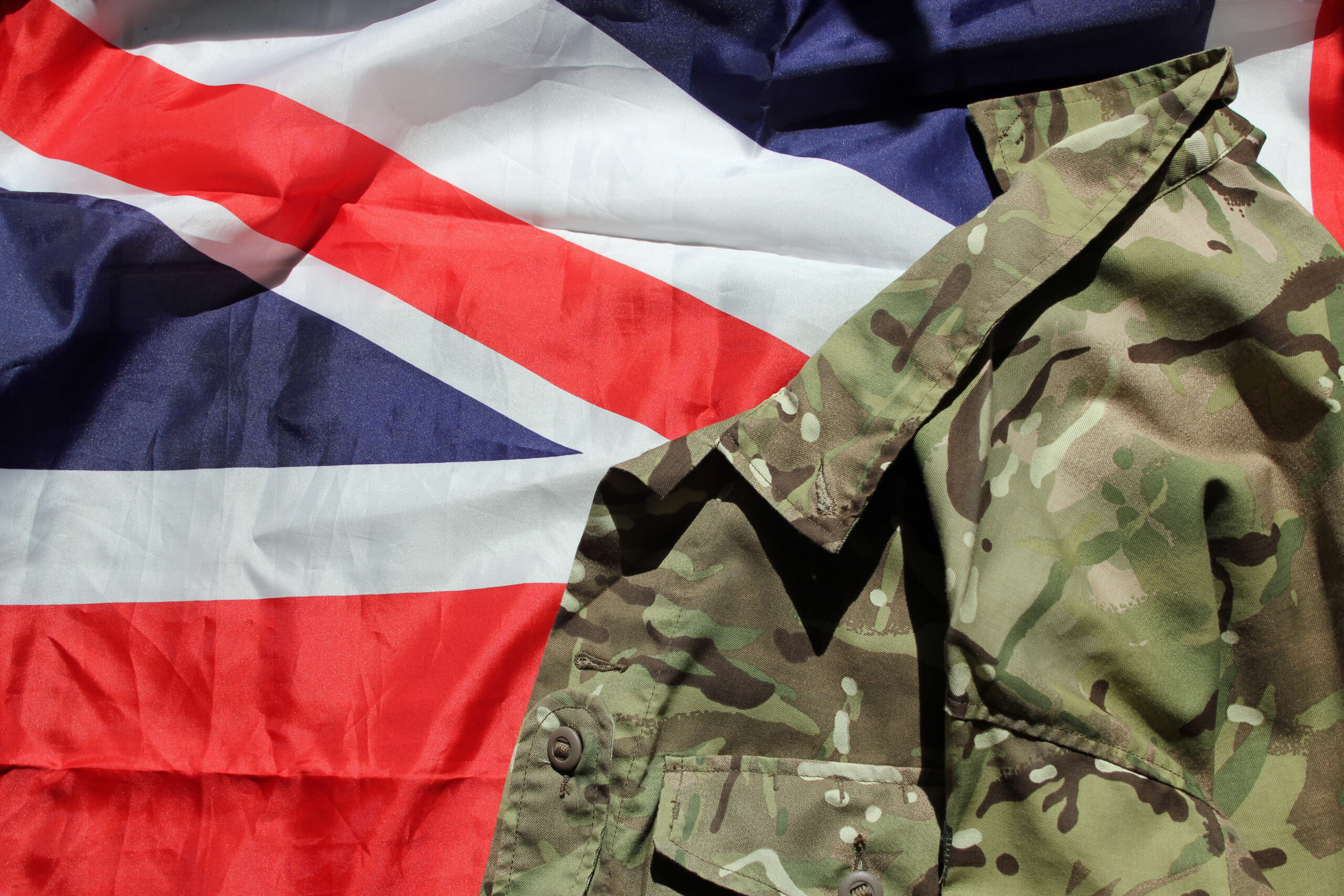Since The Times broke the news that military chiefs have drawn up plans to mothball all of Britain’s tanks as part of the Integrated Review, there have been a flood of additional media comment, most of which is sounding the death knell for the Army’s heavy armour (see, for example, British Army could axe ageing tanks and Time is up for tanks). However, in the eyes of the military, the difference between mothballing a capability (i.e. taking a capability holiday) and retiring it completely is significant. To that end, the Integrated Review’s decision makers must understand the implications of taking a capability holiday versus capability retirement
Capability Holiday
Although the term “capability holiday” does not appear in the MOD’s Operating Model – How Defence Works – it is a generally recognised euphemism within the military meaning a temporary but accepted gap in capability that will be made good at some point in the [expectantly] near future. For example, in the 2010 SDSR, the coalition government decommissioned the remaining Invincible-class carriers (HMS Ark Royal and HMS Illustrious), and withdrew the Harrier fleet from service. As a result, for most of the last decade, the UK has had no carrier-strike capability. These decisions were, however, made alongside the commitment to continue building the Queen Elizabeth-class carriers (HMS Queen Elizabeth and HMS Prince of Wales), developing the Merlin-based CROWSNEST airborne early warning capability, and purchasing F-35 Lightning aircraft. Accordingly, an aiming-point for the capability’s regeneration was always in sight.
Capability Retirement
Unsurprisingly the term “capability retirement” is also not to be found in the official defence lexicon, but its meaning is clear. It consists of removing a capability from defence’s inventory with no intention of regenerating it. Capability retirement usually occurs following decisions to reduce force size and/or structure, which are often made as part of a defence review. For example, the RN lost it fleet of diesel electric submarines when the Type 2400 and Oberon-class boats were sold off as part of the 1991 Options for Change review. Typically, the service involved moves on, with luck to a more modern weapons system, and the departing capability is quietly forgotten.
Learning from the Maritime Patrol Capability Experience
As part of the 2010 SDSR, the Nimrod MRA4 programme was cancelled. In its place, the government chose to “depend on other maritime assets to contribute to the tasks previously planned for them.” However, even before the ink was dry on the SDSR report, commentators were highlighting how the decision would reduce Britain’s ability to monitor ships around its shorelines and make the nuclear deterrent more vulnerable. In the years that followed, this assessment was confirmed as the UK was forced to ask NATO allies for help in hunting Russian submarines spying on the movement of Trident submarines off the Scottish coast.
However, the RAF never really saw the decision to cancel the Nimrod programme as capability retirement. Instead, it was a capability holiday that needed to be overturned at the earliest opportunity. With this in mind, it developed the ‘Seedcorn Initiative’, which was a series of targeted measures taken to ensure it could regenerate a maritime patrol capability. As an example of one of the measures, RAF airmen were embedded in maritime patrol crews of friendly nations.
This proactive approach to recovering from a capability holiday was undoubtedly a contributing factor to the swiftness with which the RAF has built its new maritime patrol capability around the Poseidon MRA1, achieving an initial operating capability less than five years after the aircrafts’ purchase was announced in the 2015 SDSR.
Back to Heavy Armour
The financial argument for disinvesting in heavy armour is strong. The Challenger 2 main battle tank is in desperate need of modernisation right now to keep pace with its rivals. Without offensive and defensive improvements, it will be hopelessly vulnerable on a peer-to-peer battlefield. However, the Army simply doesn’t have the budget to pay for the necessary upgrades, and any new funds leveraged through the Integrated Review are bound to be channelled into the new, exquisite capabilities favoured by those with influence in these matters. Right now, most review options would have money for heavy armour way below the priority line.
The impact on the Army and what it can and should contribute to future operations, both nationally and within a coalition, is a tougher issue. Here the question of capability holiday or retirement becomes more nuanced. As a recently retired senior army officer pointed out:
“If you look at the Army over time, it is vested in the infantry and the armoured corps. The infantry predates the armoured corps, and still dominates the Army. Both in volume terms and in status terms, but the armoured corps was the thing that created success in the Second World War, as far as Land is concerned. … and then throughout the Cold War, what was the thing that was at the core of the Army in the Cold War? It was tank divisions, to fight Soviet tank divisions. So, our history’s been based on that for a really long time. Consciously getting out of that game is really counterculture.”
The dispassionate might argue that this is just the next iteration of the ‘horse to tank’ evolution that the Army struggled with after World War I. But it isn’t. One hundred years ago, the armies of all major nations were coming to terms with that transition. It’s not the same situation today. If the Army is called upon to fight against the UK’s most likely peer adversaries in the short to medium term, they will be met with heavy armour when they arrive on the battlefield. If that day comes, whatever capability choices the government has made, they must give British soldiers the best opportunity to fight and win.
Conclusion
There is no doubt that, in the current economic climate, the Integrated Review must include some difficult decisions. Furthermore, some might argue that, if heavy armour is not one of the shibboleths that General Sir Nick Carter, Chief of the Defence Staff, thinks needs to be shattered, then what is?
However, as the government ponders its choices regarding existing and potentially new capabilities, it should not overlook the relative merits of capability holidays over retirement. In the case of heavy armour, now might not be the time to throw money at upgrading aging platforms, nor committing vast sums to buying a new, off-the-shelf main battle tank. But, at the same time, getting out of the heavy armour game altogether, when all those claiming or aspiring to be ‘Tier One’ militaries are not, seems like a dubious call.
Defence took a decade-long carrier strike capability holiday and survived. Perhaps a similar approach to its heavy armour problem is the least-worst option.






